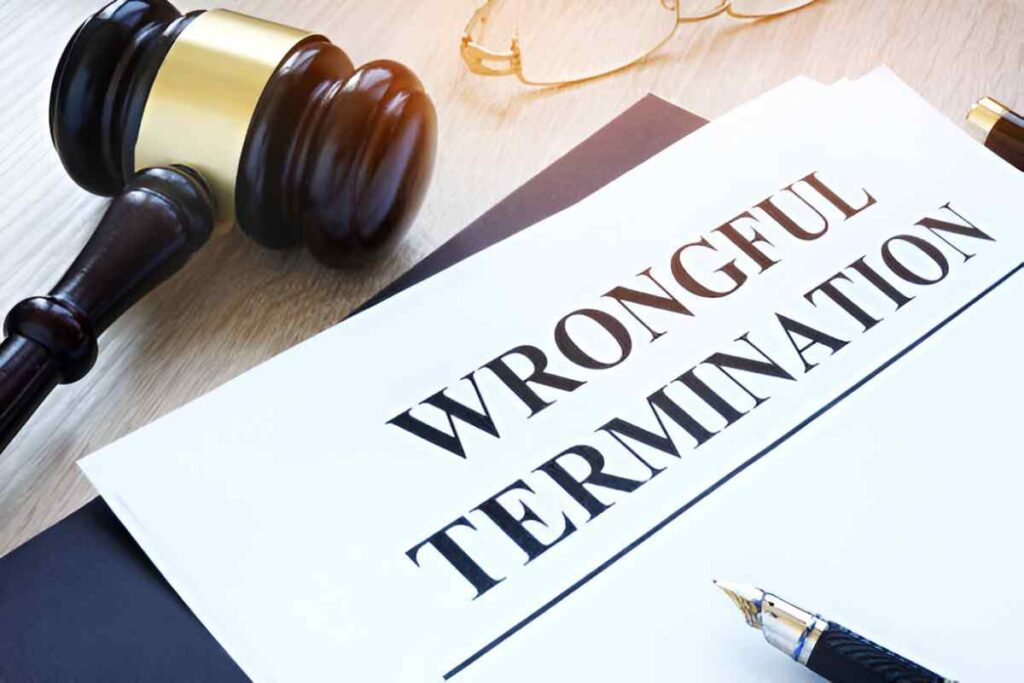As someone who has navigated legal and financial systems for years, I know how intimidating legal documents can be. A Notice of Motion is one such document that often confuses people, even though it plays a crucial role in court proceedings. In this guide, I break down what a Notice of Motion is, when it’s used, and how to draft one effectively. I also explore its financial implications, especially in cases involving monetary judgments or injunctions.
Table of Contents
What Is a Notice of Motion?
A Notice of Motion is a formal request submitted to a court, asking a judge to issue an order or ruling on a specific matter. It serves as a heads-up to the opposing party, giving them time to respond before the court takes action. Unlike a lawsuit, which initiates a case, a motion is filed within an existing case to address interim issues.
Key Components of a Notice of Motion
Every Notice of Motion must include:
- Caption – Identifies the court, case number, and parties involved.
- Introduction – States the purpose of the motion.
- Legal Basis – Cites statutes or case laws supporting the request.
- Factual Background – Explains why the motion is necessary.
- Relief Sought – Specifies what the moving party wants the court to do.
- Signature – Filed by an attorney or self-represented party.
When Is a Notice of Motion Used?
Courts see motions in various scenarios:
- Temporary Restraining Orders (TROs) – To prevent immediate harm.
- Summary Judgment – To resolve a case without a full trial.
- Discovery Disputes – If one party refuses to share evidence.
- Modification Requests – Such as altering child support payments.
Financial Implications of Filing a Motion
Motions aren’t free. Filing fees vary by jurisdiction but typically range from $50 to $300. If you hire an attorney, costs escalate. Consider this formula to estimate total legal expenses:
Total\ Cost = Filing\ Fee + (Hourly\ Rate \times Hours\ Worked)For example, if the filing fee is $150 and your attorney charges $250/hour for 5 hours of work:
Total\ Cost = 150 + (250 \times 5) = \$1,400How to Draft a Notice of Motion
While legal counsel is ideal, self-represented litigants can file motions by following these steps:
- Research Local Rules – Each court has formatting requirements.
- State the Request Clearly – Avoid vague language.
- Attach Supporting Evidence – Affidavits, contracts, or financial statements.
- Serve the Opposing Party – Follow proper service rules (certified mail, process server).
Example: Motion to Compel Discovery
Suppose a business lawsuit involves withheld financial records. The motion might say:
“Plaintiff moves this Court to compel Defendant to produce quarterly financial statements from 2022-2023, as required under Rule 34 of the Federal Rules of Civil Procedure.”
Notice of Motion vs. Other Legal Documents
People often confuse motions with similar filings. Here’s a comparison:
| Document | Purpose | When Used |
|---|---|---|
| Notice of Motion | Requests court action in an existing case | Pre-trial or during litigation |
| Complaint | Starts a lawsuit | Beginning of a case |
| Subpoena | Orders someone to testify or produce documents | Anytime evidence is needed |
Strategic Considerations
Filing a motion isn’t always the best move. Courts frown upon frivolous requests, and losing a motion can mean paying the other side’s legal fees. Before filing, ask:
- Is this necessary? Could negotiation work instead?
- What’s the cost-benefit? Weigh potential outcomes vs. expenses.
- How strong is my argument? Weak motions damage credibility.
Mathematical Approach to Decision-Making
I like using decision matrices to evaluate legal strategies. Assign weights (1-10) and scores (1-5) to factors like cost, success probability, and time:
| Factor | Weight | Score | Total (W×S) |
|---|---|---|---|
| Legal Fees | 8 | 2 | 16 |
| Success Probability | 9 | 4 | 36 |
| Time Delay | 6 | 3 | 18 |
Total Score = 70 (Higher scores favor filing.)
Common Mistakes to Avoid
From my experience, these errors derail motions:
- Missing Deadlines – Courts strictly enforce filing windows.
- Poor Documentation – Unsupported claims get dismissed.
- Improper Service – If the other side wasn’t notified, the motion fails.
The Judge’s Perspective
Judges review hundreds of motions. To stand out:
- Be Concise – Avoid legalese; stick to facts.
- Cite Precedents – Reference similar past rulings.
- Propose a Solution – Judges appreciate actionable requests.
Final Thoughts
A Notice of Motion is a powerful tool, but misuse wastes time and money. Whether you’re enforcing a contract or disputing financial liabilities, precision matters. If in doubt, consult a legal professional—sometimes, the upfront cost saves thousands later.





